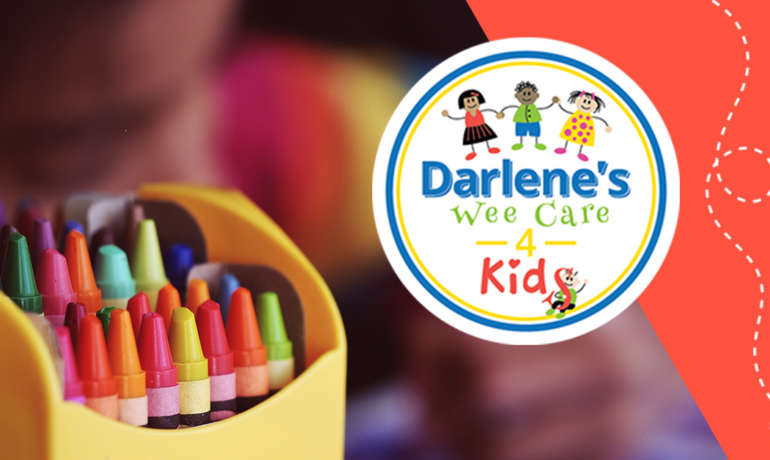When you are raising your child, you want to do everything you can to give them every possible advantage in life. Language skills and the ability to express oneself are skills that every human needs and that will always be useful, even in an ever-increasingly digital world. While we go about planning and promoting brain development in young children, increasing the size and efficiency of the language skills should be a priority. At Darlene’s Wee Care 4 Kids Day Care in Upper Darby, we know that increasing the verbal skills of children is very important, and so we prioritize it in our curriculum.
The Language Centers of the Brain
While older models of the language centers of the brain focused on just two language areas, Broca’s Area and Wernicke’s area, this model is considered outdated now. This model had one area for the formation of the words and another for the physical mechanisms of speech. Contemporary models identify four areas of the brain that are involved in speech. These areas control elements of language, such as syntax, semantics, and working memory. As these areas are used, they grow in efficiency, in their ability to interact with other parts of the brain, including the other hemisphere, and also in their physical size. It has been shown by many studies that exposing children to multiple languages, including American Sign Language (ASL) benefits the brains of children, and these benefits can last their whole lifetimes.
[uxi_button link=”post_id-299″ new_window=”0″ tel=”0″ class=”button-block button-block-mobile button-32″ padding_x=”” padding_y=”” text=”Contact Us About Daycare Today!” text_size=”16″ text_size_mobile=”” text_font=”header-font” sub_text=”” sub_text_size=”12″ sub_text_size_mobile=”” sub_text_font=”header-font” icon=”” icon_size=”12″ icon_size_mobile=”” icon_align=””]
Interestingly enough, a child does not even need to be fluent in a language to reap the benefits of being exposed to multiple languages. Imagine yourself in a foreign country where you do not speak the language, but you are a keen observer of people (as young children are). You would soon discern the meanings of intonation, rhythms of the language, and even the subtleties of relationships by observing who speaks to whom and when they do it. These are some of the things that children do when they are watching and listening to speakers of other languages. ASL, for example, is a language where the motions of the speaker relate much of the intended meaning.
Children who are exposed to other languages develop enhanced reading and speaking skills, the ability to learn other languages quickly, and the ability to express themselves well. Some of the unexpected benefits that children will reap include increased attention spans, better ability to monitor the behavior of others (and thus themselves), and the ability to see things from the perspective of others. This last benefit is quite fascinating in that it establishes a connection between language and empathy.
To learn more about how Darlene’s Wee Care Uses the introduction of languages and ASL as part of our curriculum, contact us today.



